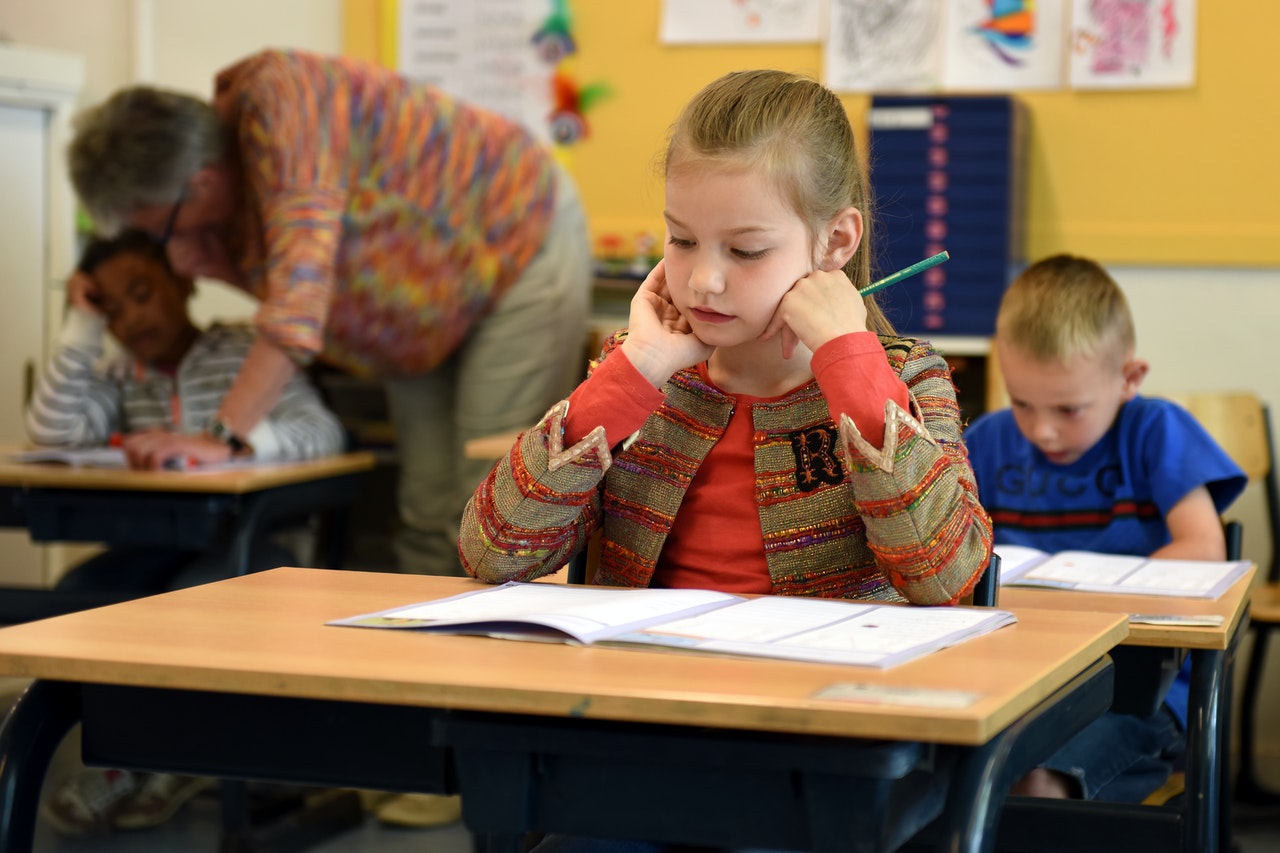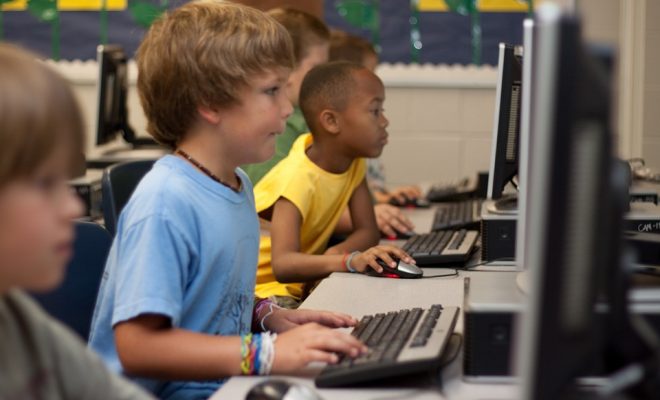What Struggling Students Want?

There are several reasons for a student to drop to the back in class; undiagnosed impairments, issues at home, depression, and a lack of morale, to name a few. However, the blame doesn’t solely fall on the students, parents, or educators. Most education systems only assess competence through grades, which doesn’t always capture the full capability of a student. Here are a few things every stakeholder can implement to help out struggling students.
Find Ways to Boost Their Self-Confidence
Try to help them find the things that they are good at and encourage them to embrace their strengths. Always try and encourage them to make an effort towards getting better. And above all, celebrate them whenever they make gains, no matter how small. Do strive to be genuine when acknowledging their efforts; struggling students are usually sensitive and easily pick up on disingenuous comments.
Involve Their Parents
Any parent wishes to see their child succeed and would do anything to make that happen. Involve the parents in the assessment of the student; this will help the teacher identify home issues that may be hindering the student. However, if there are no preexisting issues, the teacher can give suggestions to help the parent monitor the student’s progress. Encourage the parents to also celebrate and reward achievements by the student.
Regular Communication with the Students
Having regular discussions with your struggling students can help them become more invested in their improvement. This is a good opportunity to help them frame the right questions to ask themselves. For instance, you may ask, “How can I improve on this?” or “How can I make this easy?” these questions help students introspect to identify where they can do better.
Through frequent communication, the teacher gets feedback from the student. This can help teachers tweak their approach to better assist the student.
Embrace Alternative Teaching Methods
In the traditional approach, teachers give instructions, and the students take notes. Teachers should embrace alternatives that emphasize problem-solving and critical thinking. Group discussions and direct student interactions can foster enhanced creative thinking among students.
Find Out What Their Indifference Is Hiding
More often than not, students that are doing badly will develop an apathetic attitude towards learning. This is often the case when students are adamant about admitting that they can’t do what is needed of them. In such scenarios, be gentle while you probe the student, try to find out what they care about, and use that to motivate them to improve.
Whenever the student makes any improvements share this with other adults that the student has an affinity for. This will help reinforce the positive feelings associated with learning. Such encouragements keep the student motivated to do better.
In conclusion, some of the contemporary learning approaches favor high-performing students at the expense of those struggling. Teachers need to employ alternative approaches to make sure every student feels seen and heard.






